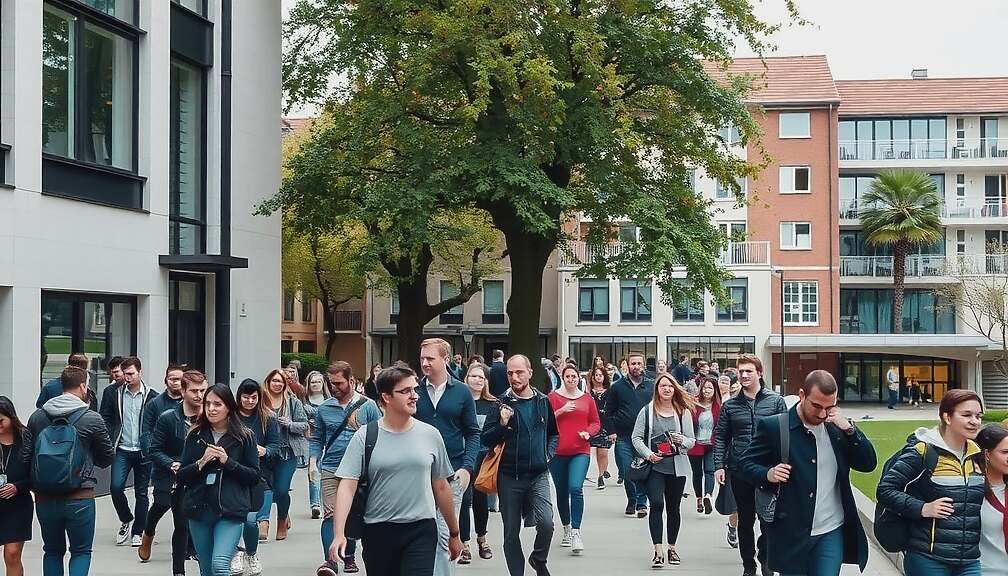German universities and university hospitals employed approximately 805,700 individuals as of the end of 2024, according to data released by the Federal Statistical Office (Destatis). This represents a 1.7 percent increase, or roughly 13,400 more employees, compared to the figures recorded at the close of 2023.
The growth in employment was largely concentrated within non-academic support roles, encompassing administration, library services, technical support and nursing. As of December 2024, this sector accounted for approximately 379,500 employees, a rise of 3.5 percent year-on-year. In contrast, the academic workforce experienced almost negligible change, with a marginal increase of 0.1 percent.
The academic component of the university system comprised around 426,200 employees by the end of 2024, a slight increase from 425,800 in 2023. Considering the 2,864,100 students enrolled in the winter semester of 2024/25, this translates to a student-to-faculty ratio of approximately 6.7 students per academic staff member, unchanged from the previous year.
A significant portion of the academic workforce, approximately one-third (33 percent) or 141,800 individuals, held positions as guest professors, lecturers, or research assistants on a part-time basis. The remaining two-thirds (67 percent) or 284,400 individuals were employed full-time within the academic sphere. This included approximately 52,100 professors and around 217,500 scientific and artistic staff. Year-on-year, the number of professors increased by 0.4 percent, while scientific and artistic staff grew by 1.2 percent.
Overall, 186,500 employees, representing 66 percent of the full-time academic workforce, held temporary contracts as of the end of 2024, while 97,900 (34 percent) were employed on permanent contracts. Full-time employment was the norm for 172,200 individuals (61 percent) within the full-time academic workforce, compared with 112,200 (39 percent) who worked part-time, according to Destatis.












